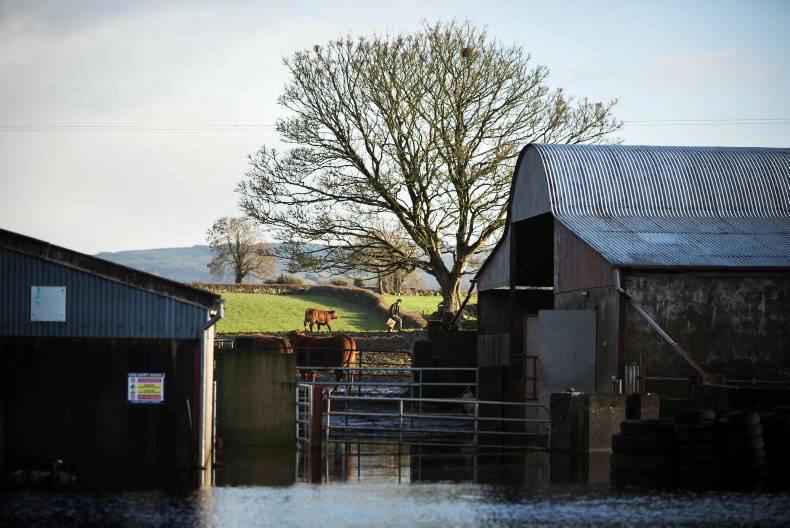Assessment of land use, natural flood management measures as well as the establishment of a national flood forecasting and warning service are some of the key objectives in the Shannon Flood Risk Management Plan (FRMP) published by the OPW. The report, prepared by Jacobs engineering, will form the basis of the Catchment Flood Risk Assessment and Management (CFRAM) plan that will be finalised once the public consultation period is over.
The report deems it technically viable to dredge parts of the Shannon from Athlone Weir to Meelick Weir to reduce summer flooding levels on the Shannon Callows, but due to an estimated cost of €100m, the report states favours lower cost measures and does not include dredging as a recommendation.
Widening
However, widening the River Shannon by 50m on each bank between Banagher and Meelick and by 25m on each bank of the New Cut has been deemed technically and economically viable. It was found to have whole life costs not in excess of all potential benefits and with no negative impacts on summer navigation of the Shannon. Diverting the flow of water to bypass Meelick Weir is also suggested.
The public consultation process for the plan will be open until 23 September and changes may be made to it based on the outcome of that. Details of the consultation are available on the dedicated consultation website along with copies of the draft plans and related Environmental Assessments. Observations or comments must be made directly in writing to the Office of Public Works (OPW) or via the email address draftplans@opw.ie
'€430m for flood risk management measures'
“Work on mitigating flood risk continues while the CFRAM Programme is being finalised,” the Minister of state at the OPW and Flood Relief, Seán Canney said. “The Government is providing €430 million for flood risk management measures as part of its overall Capital Investment Plan 2016 –2021. This substantial increase of over 59% in the level of capital investment provided in the last five-year programme [2012 –2016] will allow the OPW to implement flood relief schemes from its current capital programme which are already at an advanced stage of readiness.”
Benefits and impacts
This is just one of 29 FRMPs in the country and the protection measures from all of them will be brought together when they are finalised to form a national priority list. However, that will take into account the economic, environmental and social or cultural benefits and impacts for each measure. Cost is also a factor.
Each FRMP requires ministerial approval before they are presented for adoption by county councils. They are designed to inform the development of a programme of implementation for the capital works which will give an indication of when works for each area will start.
“The work completed to date in the assessment of options should reduce the average time it has traditionally taken to design and complete a flood defence scheme,” the report reads.
IFA reaction
IFA Flood Project Chairman Padraig Joyce said that proposed works are in danger of not proceeding due to objection from the National Parks and Wildlife Service and argued that the published Shannon plan "ignores the plight of farmers and rural dwellers who have suffered enormously from recent flood events".
"The protection of households, farmland and businesses must be to the forefront of all works," Joyce added.






 This is a subscriber-only article
This is a subscriber-only article










SHARING OPTIONS: